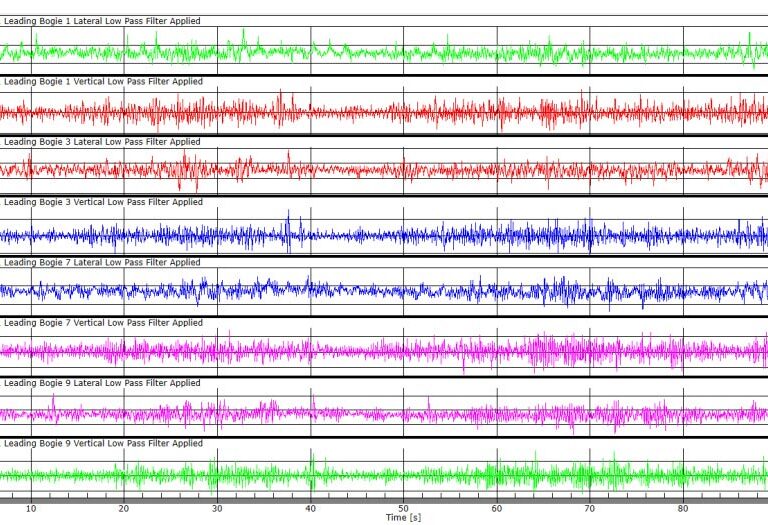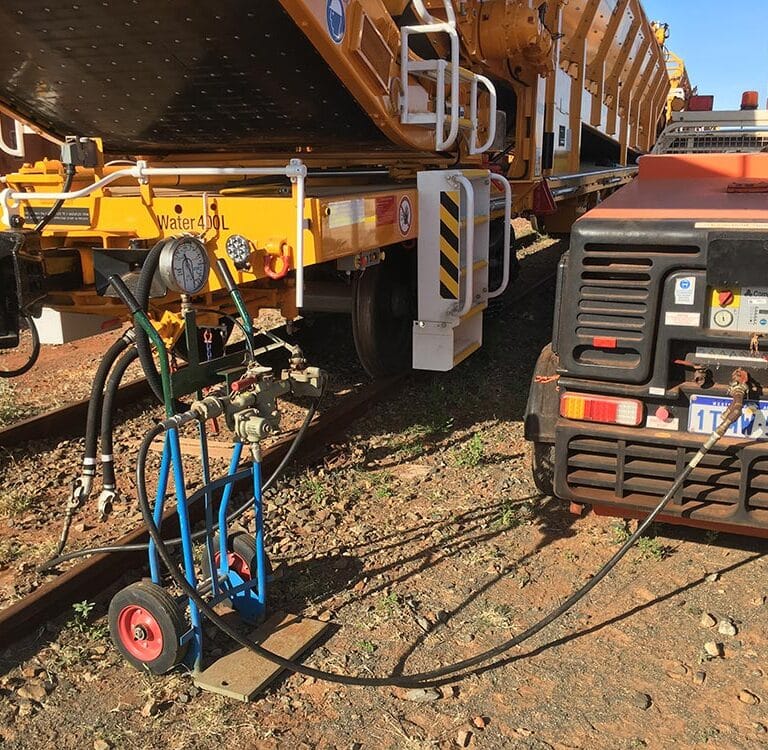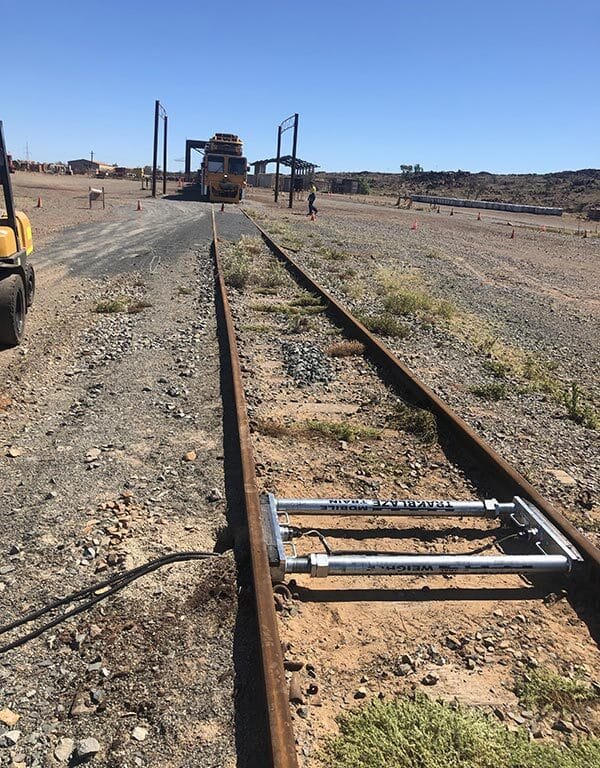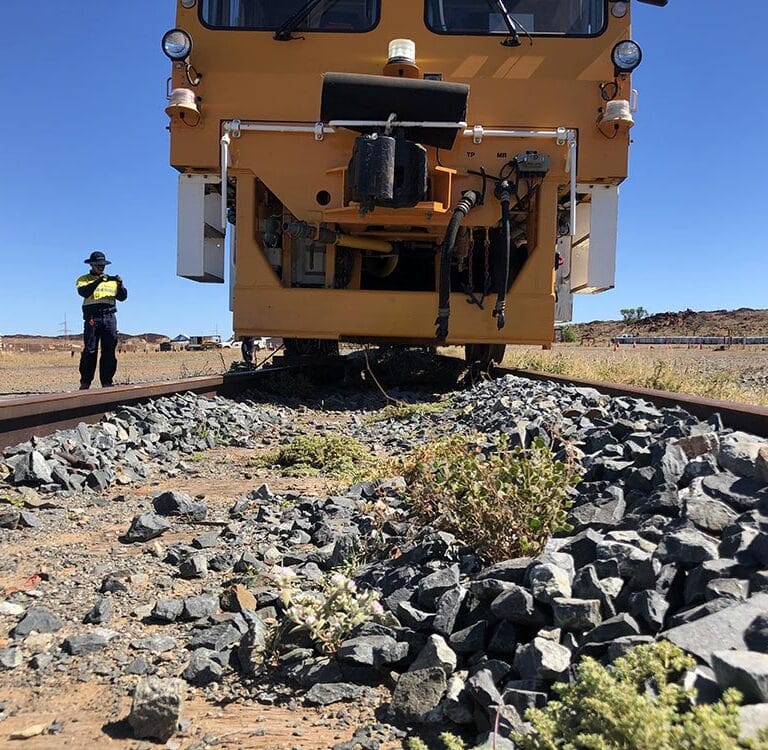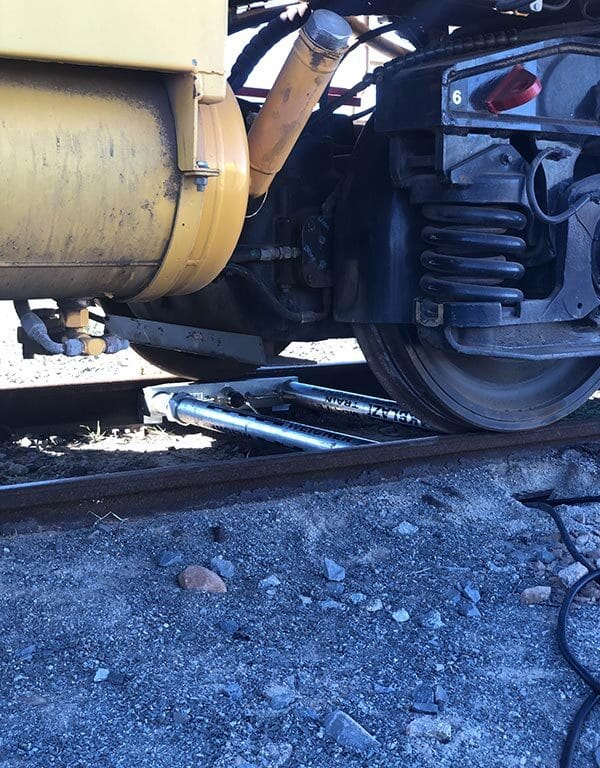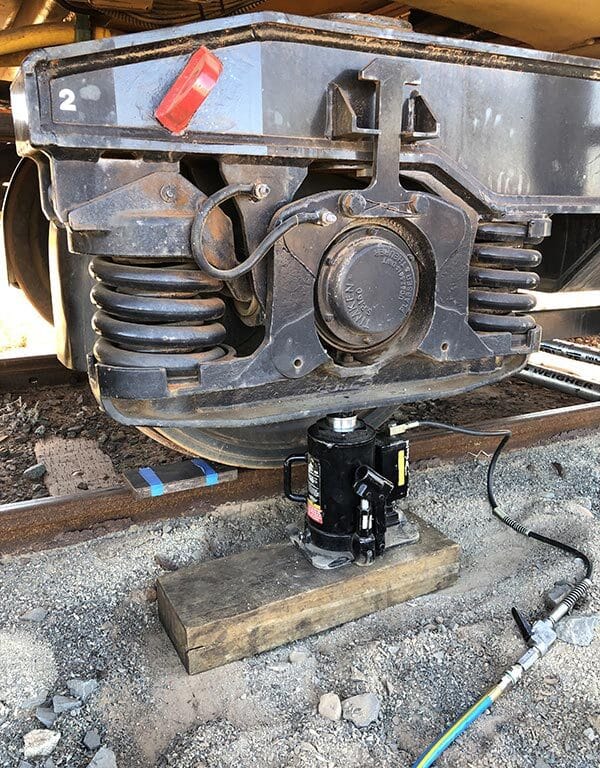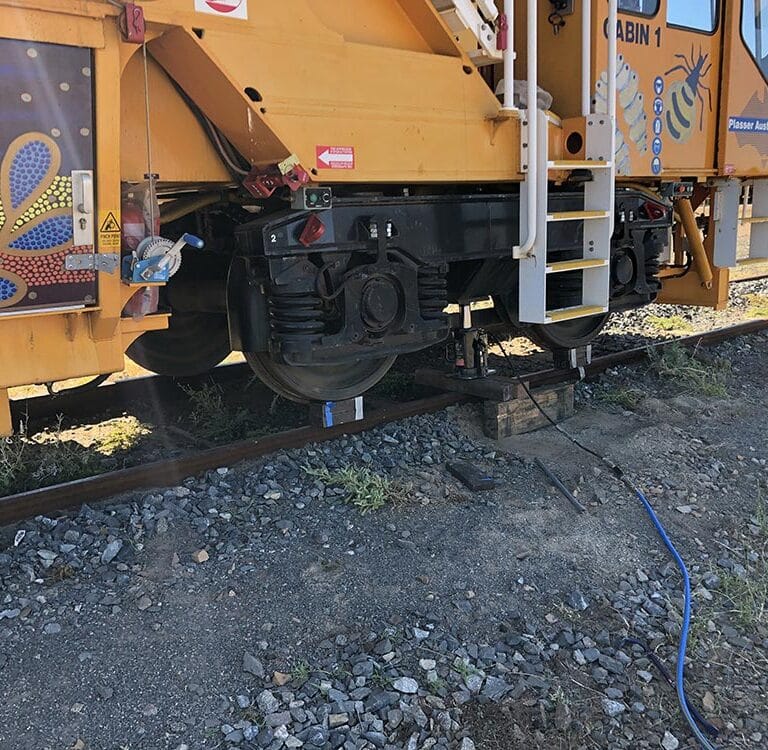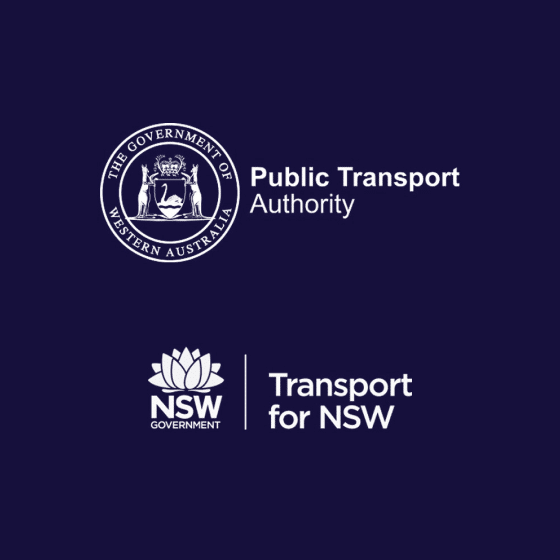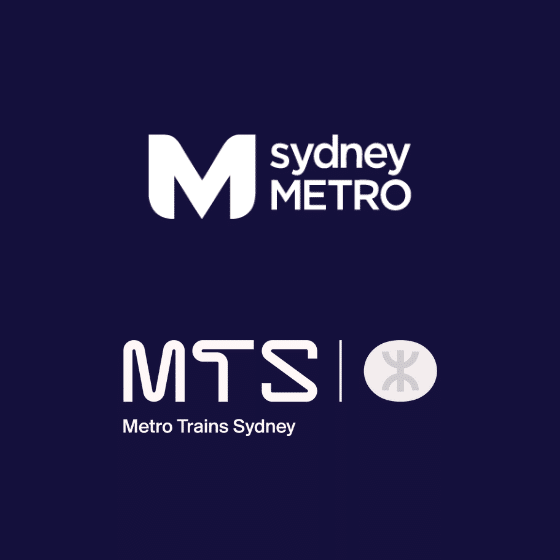Our compliance verification testing ensured track maintenance vehicles could safely access and interact with the Rio Tinto Iron Ore Network.
- Rail Confidence performed interface compliance assessments according to the requirements of AS7507, 7508 and 7509 as well as Rio Tinto’s network requirements. 10 specialised vehicle types were assessed statically and dynamically to confirm their ability to safely operate on the Rio Tinto Iron Ore network.
- Rail Confidence deployed an array of specialised test equipment to the north west of Australia with the ability to independently, safely and efficiently perform assessments.
- The Rail Confidence team provided real-time results to the manufacturer and the greater team to develop solution documentation in parallel to testing being performed.
- Safety processes were adhered to without breach or near miss. The evaluation of vehicle performance was safely delivered without incident.




What we did
- Rio Tinto procured several track maintenance vehicles from manufacturer Plasser Australia. The vehicles needed to be tested and verified to interface and safely operate with the Rio Tinto Iron Ore Network. Rail Confidence undertook a series of static and dynamic assessments of a Ballast Cleaner, Track Tamper, Ballast Regulator, Dynamic track stabiliser and numerous spoil wagons.
- The assessments were based on the requirements specified by Australian railway standards AS7507,7508, 7509 and the Rio Tinto Network requirements.
- The assessments included quantifying wheel unload performance, body roll behaviour, a survey of the vehicle size and comparison to the corridor requirements, brake force assessments, dynamic stability, safety feature functionality, brake performance and intervehicle clearance assessments.
Specific competencies:
- Utmost respect and appreciation for network safety and process
- Industry regulations, safety standards, and compliance requirements
- Vehicle dynamics and performance
- Ability to provide pragmatic solutions when vehicles fail assessments
Technologies utilised:
- Specialised lifting apparatus for up to 180 tonnes
- Mobile, in-track weigh bridges
- Laser measurement survey device
- Laser wheel profile measurement systems
- Instrumentation to undertake dynamic testing including accelerometers, displacement transduces and GPS positioning
- The ability to instrument trains up to 500m long
This project was conducted by Steve Muscat, Bill Pyke, Jeremy Kelly, Brendan Johnson, Greg Thompson and Frank Gabriel.
How we did it
We meticulously planned the testing, resources and equipment required for the specialised vehicles and assessments being performed.
We engaged with all stakeholders to obtain insights and took a collaborative approach to liaise with all parties involved.
Working in remote North West Australia provided an excellent opportunity to see the vast landscape of the region but also limited our access to obtain quick solutions. Materials and support are thousands of kilometres away and required substantial planning and innovation to complete the project safely.
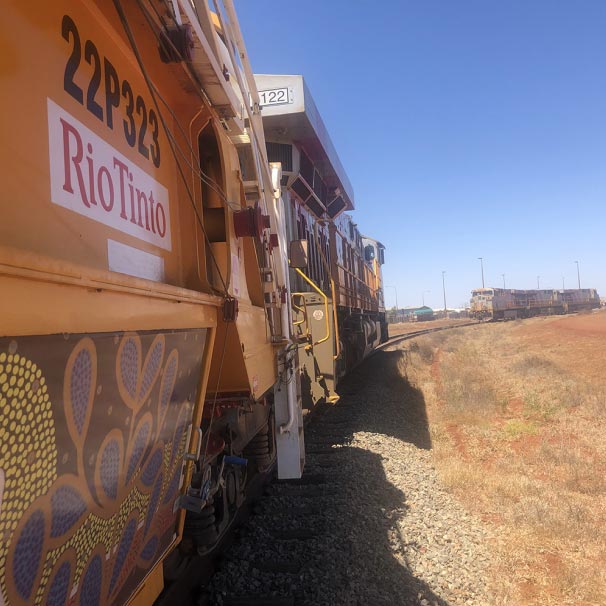



The outcome

We were able to deliver this proect within the rigorous safety requirements of Rio Tinto, where there is a strict zero safety incident policy.
We provide Rio Tinto with assurance that the vehicles operating on their network were safe and compliant with Australian Rail Industry standards.
When the behaviour deviated from the requirements within the standards, we were able to provide pragmatic and feasible solutions to achieve compliance and rectify the non-conformance.
We delivered a successful project with no incidents, an assured client and happy shareholders.
